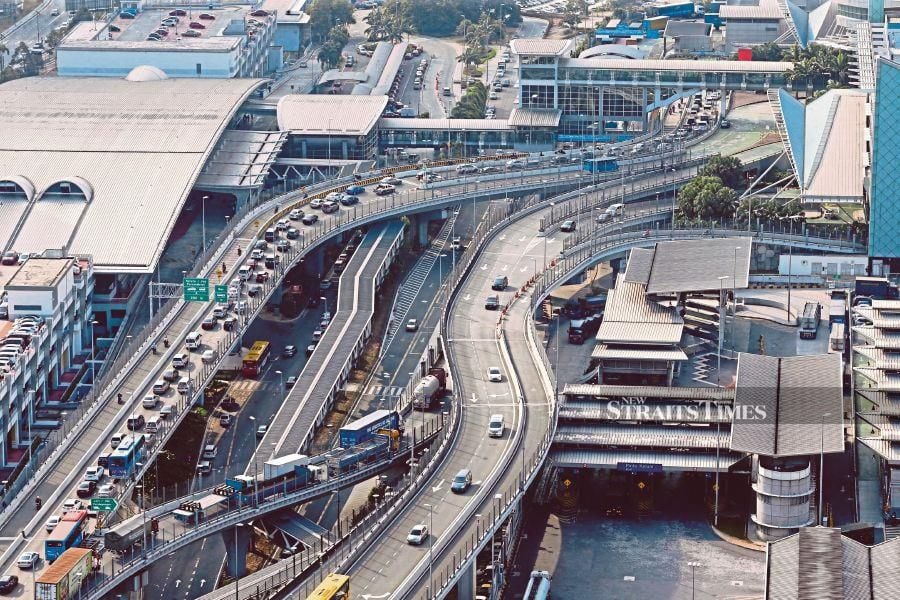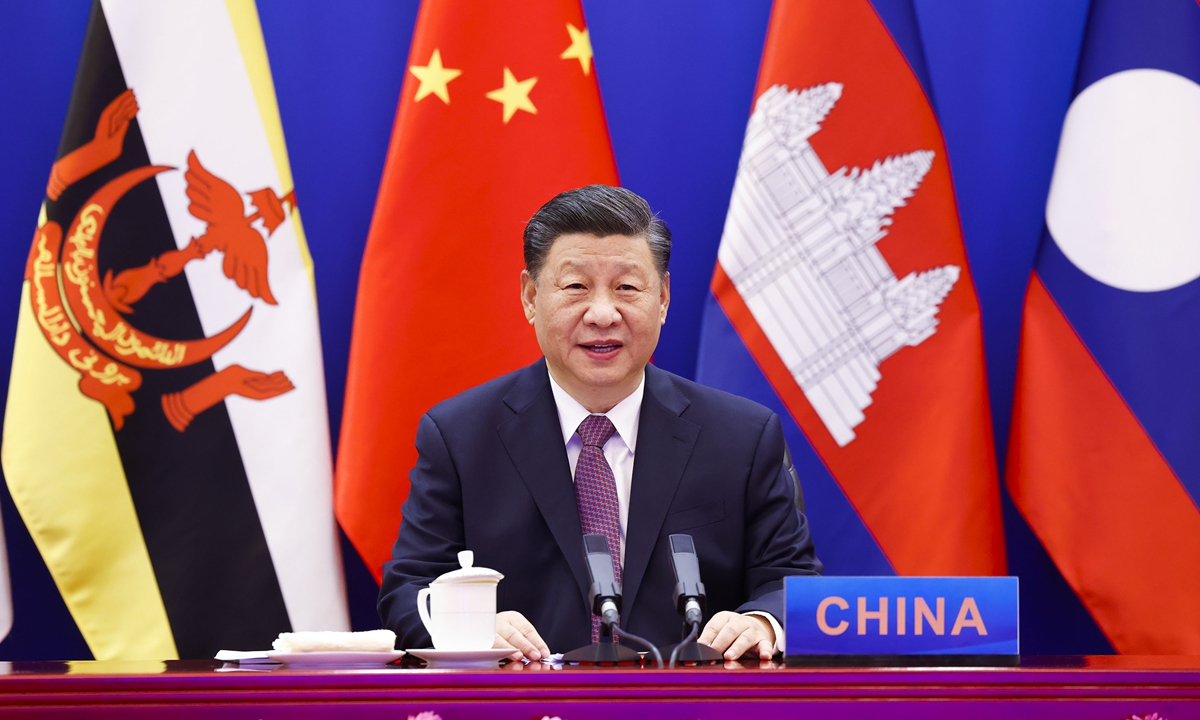SWASHBUCKLER or swindler, trader or statesman, the mere mention of the name Captain Francis Light in the state of Penang is bound to draw an array of clashing reactions.
Known for establishing the isle as a British settlement back in 1786 under the name Prince of Wales Island, Light has been quietly acknowledged with opening the door to the eventual colonisation of what would later be Malaya.
The first domino, one might call him, or what author Rose Gan describes as “the 18-century trailblazer in the Malay Archipelago”.
In Dragon, the first book of her newly released Penang Chronicles trilogy, Gan traces the life of a young Light, illegitimately born and raised in the town of Woodbridge in Suffolk, East of England.
From his schooling days in Seckford’s School to a premature departure for a life at sea, Gan explores the twists and turns of what Light’s early life could have been in this historical fiction narrative.
Backed by extensive research and a strong fascination of Martinha Rozells, Gan – a British national now based in Kuala Lumpur – weaves a rich tale of a charming, ambitious and, often times, lucky Francis Light.
Beginning from days in the bowels of the HMS Mars, through battles with both storms and men, we are swept along from London to Madras, onward to Junk Ceylon (or present-day Phuket) and eventually, the Straits of Melaka.
With a keen focus on his ingenuity and resourcefulness, Gan meticulously tracks Light’s story to the answer of the question everyone wants to know: Did he indeed trick and cheat the Sultan of Kedah?
Stormy times
Francis Light stepped forth into the world in the mid-18th century.
Born illegitimate but raised as a gentleman, Light’s true parentage remains unclear to this day.
“What we do know is that Mary Light gave him his name and William Negus was his guardian. He was given a very good upbringing and was brought up as a gentleman.
“The problem with Light, however, is that whether or not he was raised a gentleman, he was not born a gentleman. And in the 18th century, your prospects were severely curtailed if you didn’t have a name,” explained Gan in a recent Badan Warisan Malaysia webinar.
A former history and Latin teacher, Gan is married to a Malaysian and has been involved with numerous museums both here and in Indonesia as a guide and editor. She has lived in Malaysia for over 40 years.
She added that upon leaving school at the age of 14 to enlist in the Royal Navy, Light failed to secure even the position of midshipman – the lowest rank of officer.
“He really started at the bottom but he had the dubious good fortune of being in the navy in a time of war. Just as he joined, the Seven Years’ War broke out and he managed to rise through the ranks.
“In times of war, there are many more ships in commission and inevitably, because of the death toll, many more officers are needed.
So, little bit by little bit, he began to climb the ladder,” said Gan.
He became a midshipman and later, a lieutenant alongside James Scott from Scotland who would eventually become a lifelong friend.
After the war, Light’s illegitimacy and lack of recognised origins cropped up again and eventually, both he and Scott left the navy and headed east to seek their fortunes.
There, Light maneuvered through the blooming political and trade crises that were raging across the region from the clash between Siam and Burma to the growing threat of Dutch ships and the powerful presence of the Bugis.
In Dragon, he is joined by real-life historical figures like Governor-general Sir Warren Hastings, Thai national heroine Lady Chan and Sultan Muhammed Jiwa of Kedah when he steers through the conflict-ridden inner circles of Malay royalty and the regional British administration.
Aside from having to learn the local language and customs to lead country ships with diverse crews, there were additional pitfalls to sidestep in this new tropical world.
“There were many other challenges; first of all, he had to learn the routes and the business of trade and the commodities (available).
“He’s going in and out of ports that may be quite dodgy or dangerous and then, there are the literal storms at sea, pirates and tropical diseases. It takes a strong man to survive in that world and survive he does,” said Gan.
Eurasians of Penang
At the very end of the book, the figure who inspired the whole trilogy crops up – the elusive and enchanting Martinha Rozells.
“I discovered Rozells – the glamorous Eurasian who would become Light’s wife – while living in Penang and I became fascinated by the little glimpses of her in historical record. However, everything about her is a question mark; what existed was conflicted and contradictory.
“Much more was known about Light, so, I went down rabbit holes to find out more about him and discovered so much more to his story than what the conventional biographies contain,” said Gan.
Rozells speaks not a word in Dragon but Gan promises much more of her in the upcoming Pearl and Emporium, which make up the remaining books of the series.
“What we do know for sure is that she was a very significant person in Light’s life. She was with him for 23 years and gave him five children who all went on to have significant careers in the British establishment.
“And I think we can see her hand behind some of the decisions that Light makes in later life,” said Gan.
Pearl will centre on Light and Rozells’ early journey, navigating the courts of Siam and Kedah, and explores how far Light will go to raise the British flag on the island of Penang.
Closing off the trilogy, Emporium will be based on life on the isle itself – a paradise on earth and the most bustling port in the Indies.
However, dangers and prejudices lurk and war is coming for the new settlers.
“Some people might perhaps want to ask me: Why have we got to have another book about a white colonial hero? Is it not time to put the past behind us? What I believe, however, is that everything we are today is because of the past.
“So, to try and put it in a box and close the lid is not going to solve the challenges that we have in the present,” she elaborated.
A better path, she continues, would be to acknowledge the past and take whatever lessons it offered.
“Let’s find out more about the past, but in the right way.
“We don’t want to hear the British version of what happened here. Malaysians should be telling their own story as this is a story of Malaysia, as much as it is a story of the colonial past,” she concluded.
Related:

 Dealing with the past: Last year, vandals splashed red paint on the statue of Penang founder Captain Francis Light at Fort Cornwallis in
George Town. around the world, statues and monuments of long revered colonial figures were also spray-painted or beheaded.
— CHAN boon Kai/the Star
Dealing with the past: Last year, vandals splashed red paint on the statue of Penang founder Captain Francis Light at Fort Cornwallis in
George Town. around the world, statues and monuments of long revered colonial figures were also spray-painted or beheaded.
— CHAN boon Kai/the Star 














